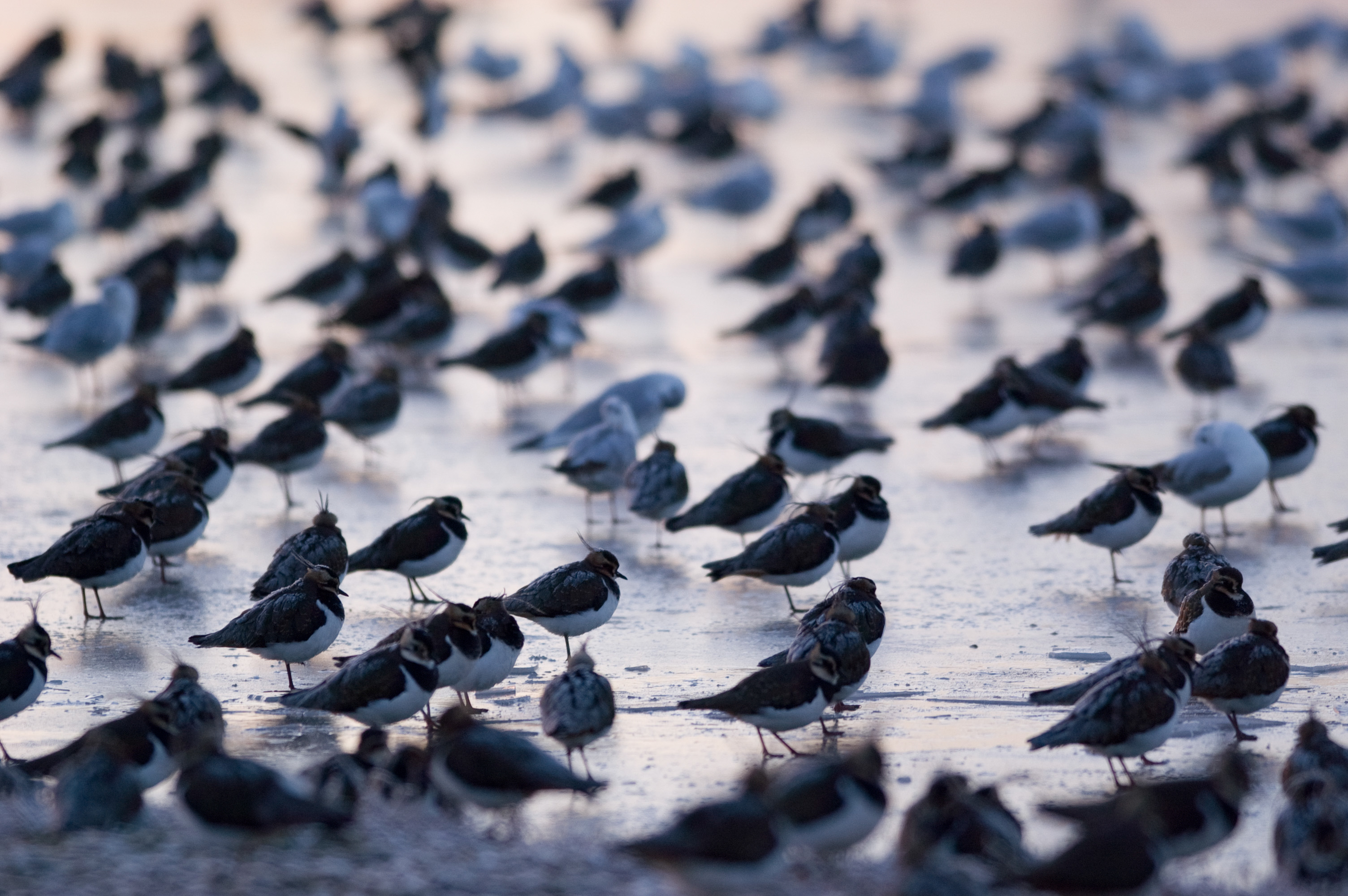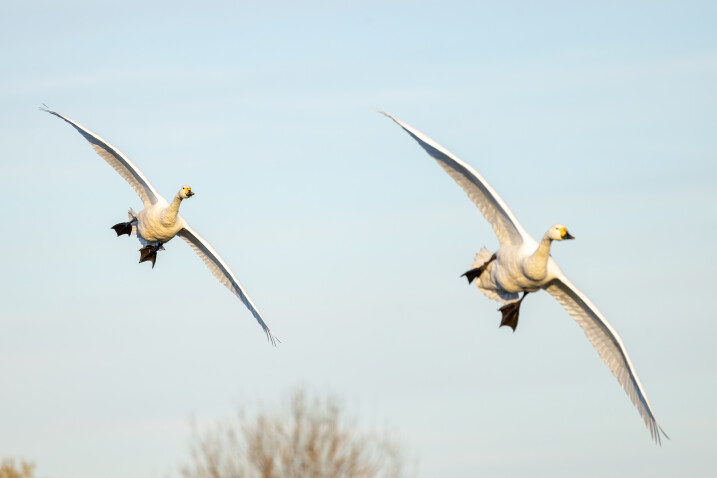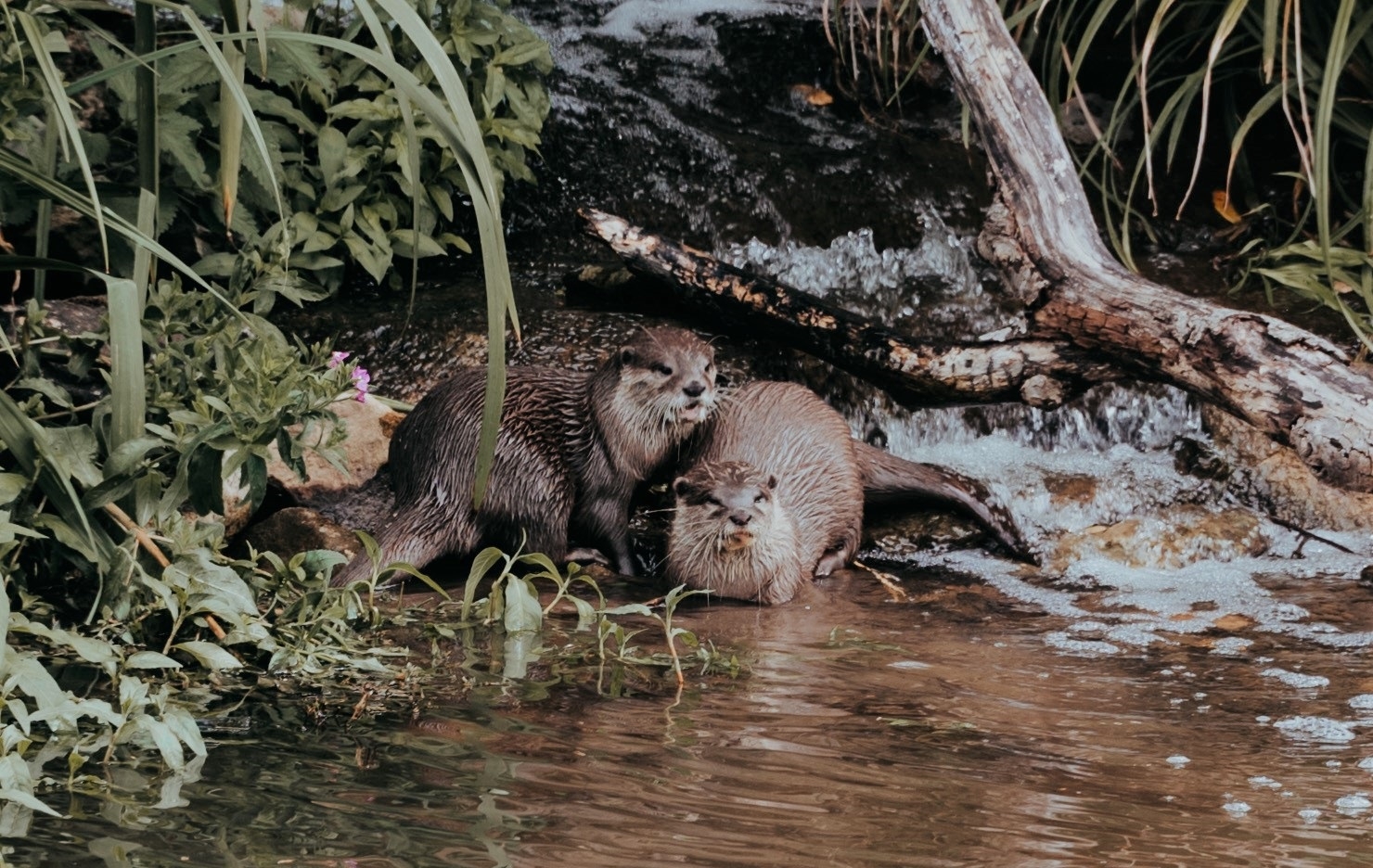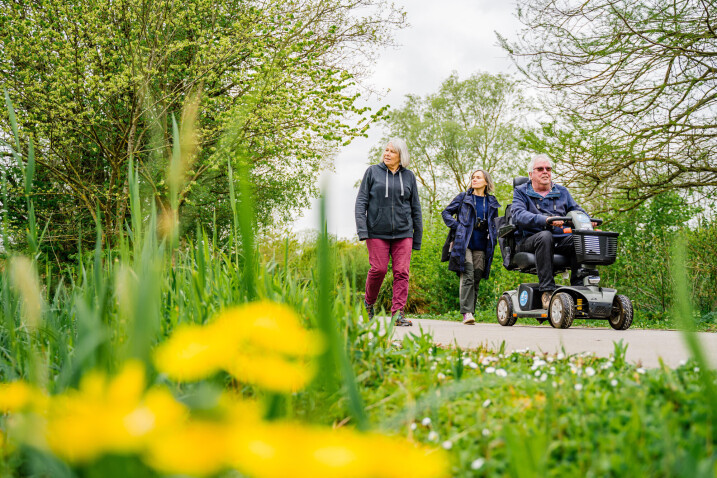A day in the life of an otter
25 May marks World Otter Day for 2022!

World Otter Day is celebrated across the globe every year and was founded by the International Otter Survival Fund.
The day helps raise awareness of the dangers faced by these wonderful creatures and to educate people on how to help protect their natural habitats.
Here is a special blog dedicated to these marvellous mammals and specifically looking at a day in the life of 'Haha' our North American river otter and the favourite food and activities.
A typical day could look like...
Morning - Haha enjoys a breakie of sprat and chick
11.30am - Meet Haha for our daily talk, where she will enjoy some more snacks of sprat, roach, herring and smelt - delicious!
Lunchtime - Haha has her lunch feed of sprat, roach and prawns along with some enrichment
3pm - Visitors can meet Haha for an afternoon talk and for yes you guessed it...more food! A scrumptious selection of sprat, roach and herring
Evening - Haha has a second enrichment feed of the day including more sprat and smelt. Bon appetit!

Haha fact file:
Age: 13 years old
Favourite foods: smelt and roaches head
Favourite enrichment: feeder balls and cardboard boxes
Where to find Haha: At the otter pool at Back from the Brink

Otter threats and adaptations
There are 13 different species of otters living across the world and 12 of these are sadly decreasing; 7 of these are classed as vulnerable and 5 are endangered.
The threats they face now are mainly caused by people:
- The destruction or pollution of waterways.
- Excessive or unregulated trapping.
- Declining fish levels and increased conflict with people and traffic accidents.
Awesome adaptations of North American river otters:
- Their eyes and ears are located high on their heads for surface swimming.
- Long, muscular, streamlined bodies with short legs and fully webbed feet bearing non-retractable claws, plus powerful hind legs to help propel them and small front feet for paddling.
- Strong, flattened, undulating tail for speed- highly muscular and comprises up to 40% of their total body length.
- Swim at speeds of up to 7 or 8 miles per hour and can dive to depths of 11 metres.
- They can slow down their heart rate to remain under water for 6-8 minutes during dives.
- Have a high metabolism and very dense fur to stay warm in water and colder climates.
- Have an extra ‘see through’ eyelid – a bit like built in goggles for seeing underwater.
- Long and stiff whiskers for sensing prey underwater.
- Can close their ears and nostrils during dives.
- Have brown-to-grey fur, and the undersides are a lighter, silvery shade. Their dense, short under-fur is overlain by darker, coarse guard hairs that help repel water. Their thick coat acts as insulation and there is a layer of air trapped between the under hairs and guard hairs.
- They have an increased lung size for a mammal - a typical dive for a North American river otter is 30-40 seconds.
- Due to the formation of their vertebrae, otters have a hump-backed gait when travelling on land.
- Typically live up to 10 - 13 years in the wild, but have been reported to live to 25 years in captivity.
- Adult North American river otters weigh 4.5 to 15 kilograms, and are about 2.5 to 5 feet in length. Females are noticeably smaller than males.

Keep an eye on our social media @wwtslimbridge for updates on Haha and for all our other wetland wildlife! Thank you to Living Collections Assistant, Lauren Edwards, for the lovely images and insight into Haha's life!
For World Otter Day educational resources such as otter colouring sheets, take a look at the International Union for Conservation of Nature Otter Specialist Group.



